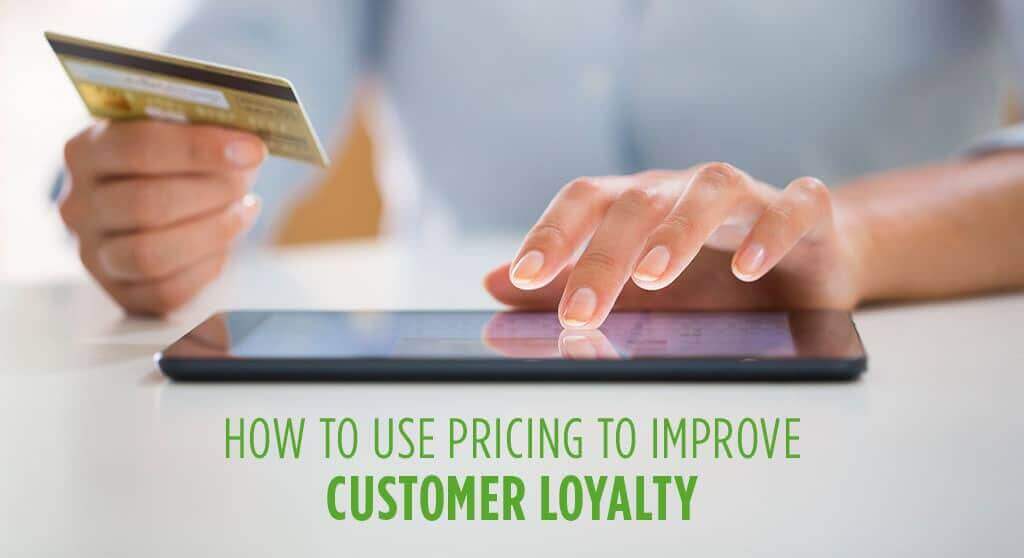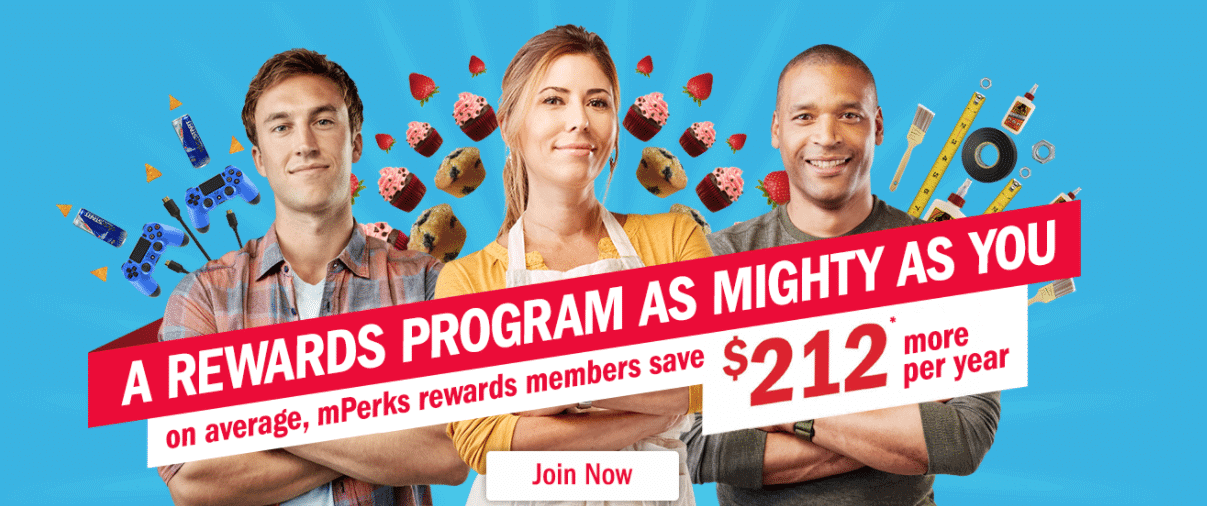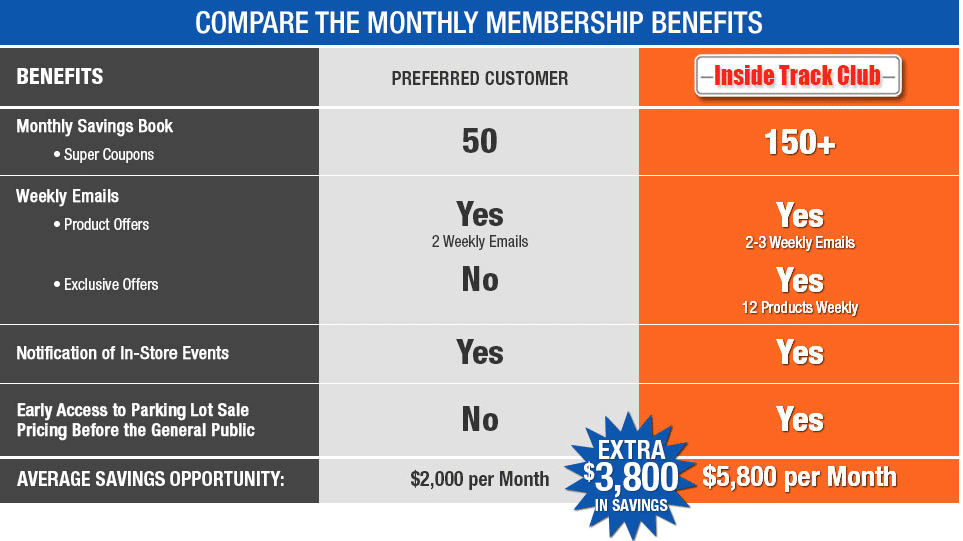
Who doesn’t love shopping somewhere that you feel like you got a great experience? We go back to restaurants where the servers were great, the food was extraordinary, or the bartender made the drinks a little stronger.
This can be difficult to do in an online shopping experience. You can build a great website, give people a great experience, but customer loyalty is more difficult without a personal touch. So how can you provide that personal touch?
One way is to create pricing that is geared toward customer loyalty. A way to encourage folks to keep coming back. Even blanket pricing can be one-upped by making the
Membership Programs
Everyone has a membership program. This is nothing new. In fact I get sick of tracking my membership cards in a wallet and had to get an app to manage them on my phone. If you’re going to offer a membership program, you better make the benefits great.
There’s a couple of ways of going about this. We’ll look at 2 different examples. One is a free version and one is a paid version.
For the free version let’s take a look at MPerks. This is the “membership program” for Meijer stores here in the Midwest. They offer coupons on products, as well as cart discounts. ($3 off your entire next cart after you spend a specific amount of money) In turn they get your buying habits and your phone number. You can download the app to track said coupons.

Are the savings huge? Not really. But any savings is great if it doesn’t cost you any money to sign up right?
Now on the flip side there are pay-to-join memberships. We’re all familiar with Amazon Prime. But other folks have jumped into this realm as well. If you’re an avid tool buyer (which I am) you may have joined a place like Harbor Freight’s Inside Track Club.

They offer a once a year membership that costs about $30 to join. You get a lot more benefits than you would by just being a return customer. In this model, because the buyer has skin in the game ($30 is $30, right?) they’re probably going to shop more to make their investment pay off more.
Either way you can offer a membership program that gives your returning customers something to come back for.
Previous Customer Sales
This doesn’t stray too far from a membership program, by offering previous customers who’ve given over some level of data a sale that only they get the code to. But to take it a little further creating a previous customer sale that’s based on purchasing (or browsing) habits – that’s where you hit a sweet spot. The Kroger app is a perfect example of this.

This is, of course easier to do when what you’re selling is a consumer product. We all need laundry detergent, or as you can see from my healthy eating habits, Monsters, quite frequently. But what about larger ticket items?
Using browsing habits, wish lists, and genre based products to bring a customer back into the store is an easy way for e-commerce stores to get you back. Purchased an angle grinder or a band saw? You probably won’t be buying them again any time soon, but you will be buying grinding wheels and blades. Or in the case of a company like Jegs, they know I own a Chevy truck – so what do they send me, parts for Chevy trucks.

I’m not going to be buying a cylinder head for a small block Ford, so why send me them? All my purchase history with them has been for GM products. It’s smart marketing based on what I own.
Rewards Points
The last way you can keep return customers is through rewards points. It’s not so much about pricing as it is offering them money or money off products by frequenting your business. If you’ve ever shopped at Speedway or Kroger, they use these point systems to get either money off your fuel purchase (Kroger), or free items (Speedway).
There’s a level of return customer frequency that’s required in a rewards point tactic. If someone shops for your items once a year, it’s probably not going to be of much benefit to them. If it’s a daily convenience item, this is probably more applicable.
Why Can’t Folks Just Be Loyal?
You’ve already done a great job of creating a store, online or off, that has great user experience, has a fast checkout process, etc etc. so why would anyone shop anywhere else? Well, mainly because of money. Your competitors are going to build that same kind of website or store. If they’re cheaper, why would they stay with you?
Loyalty is a two way street. Without offering something that is a benefit to your shoppers to come back, how are you showing them loyalty? 70% of businesses also say that it’s cheaper to retain a customer than to get a new one. So if you’re not doing what it takes to keep them, it’s going to be costing your business more in the long run.






